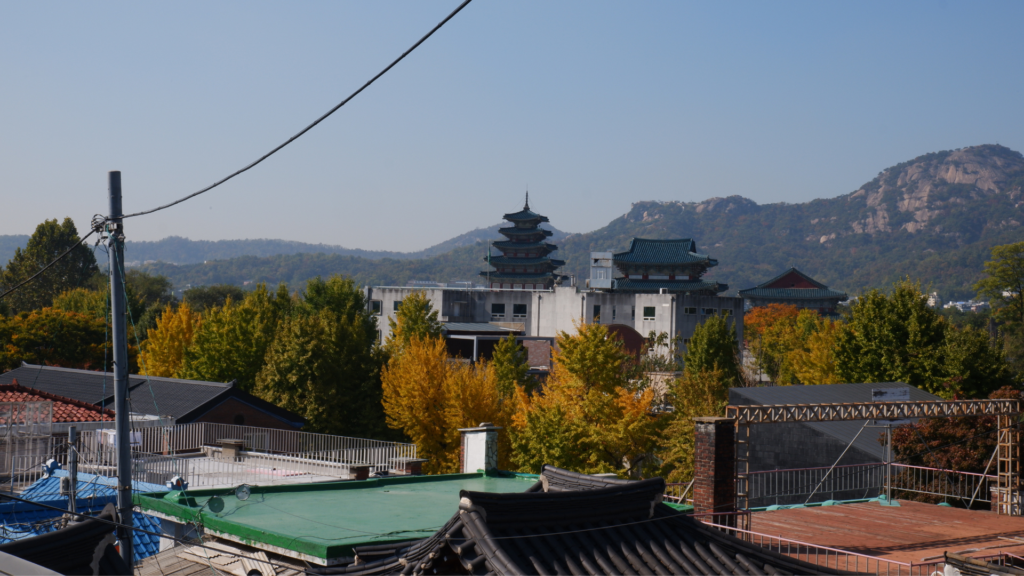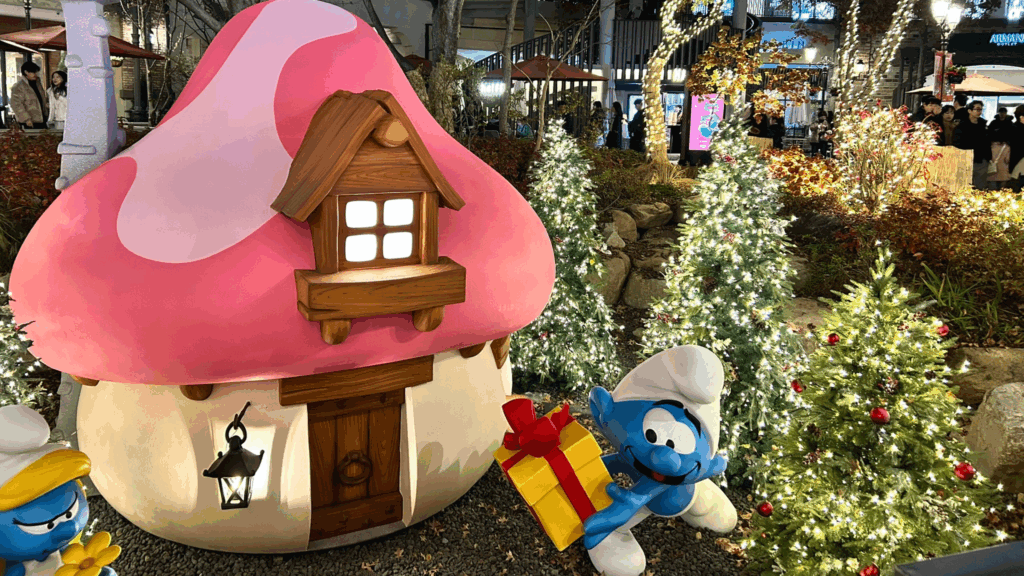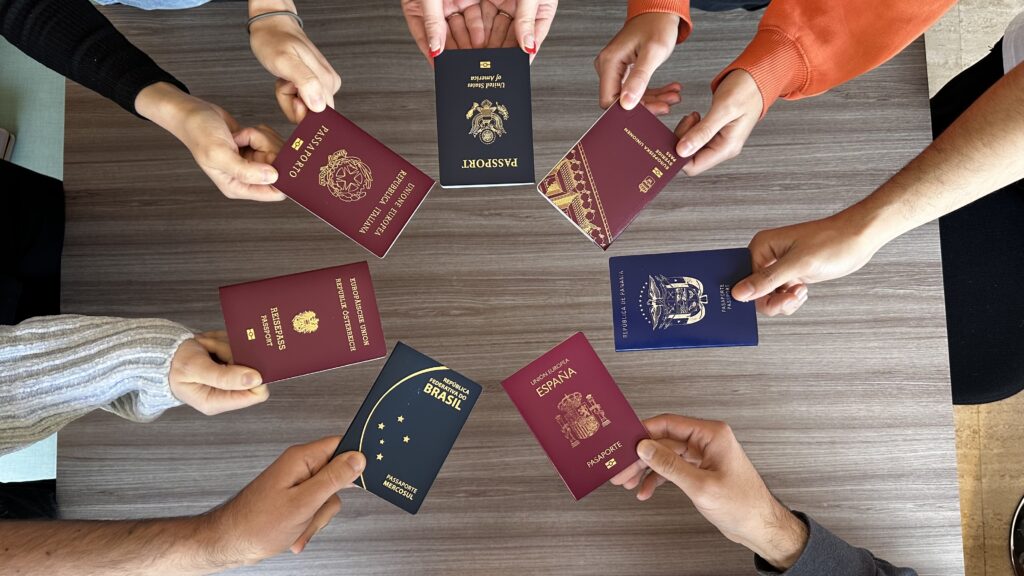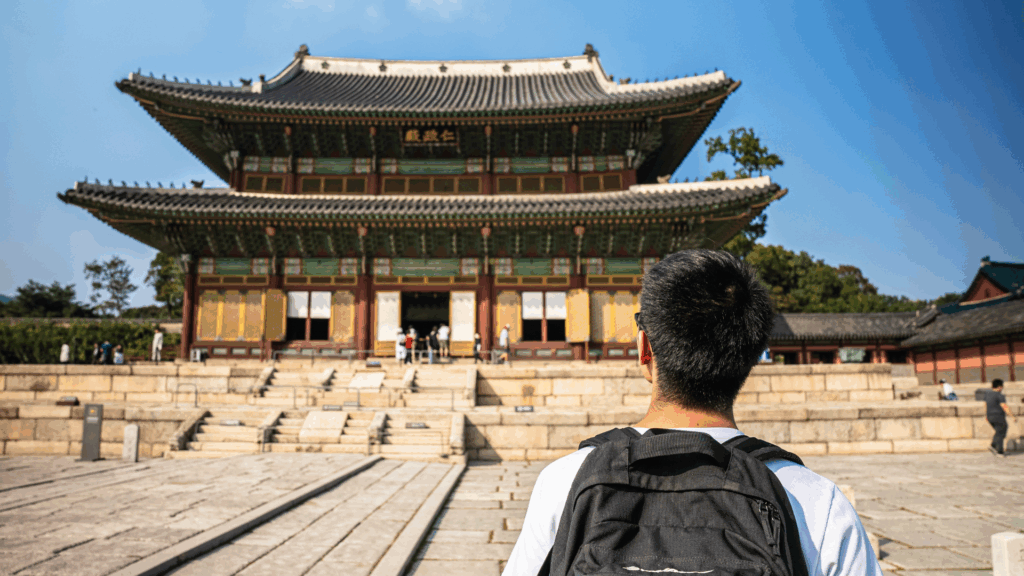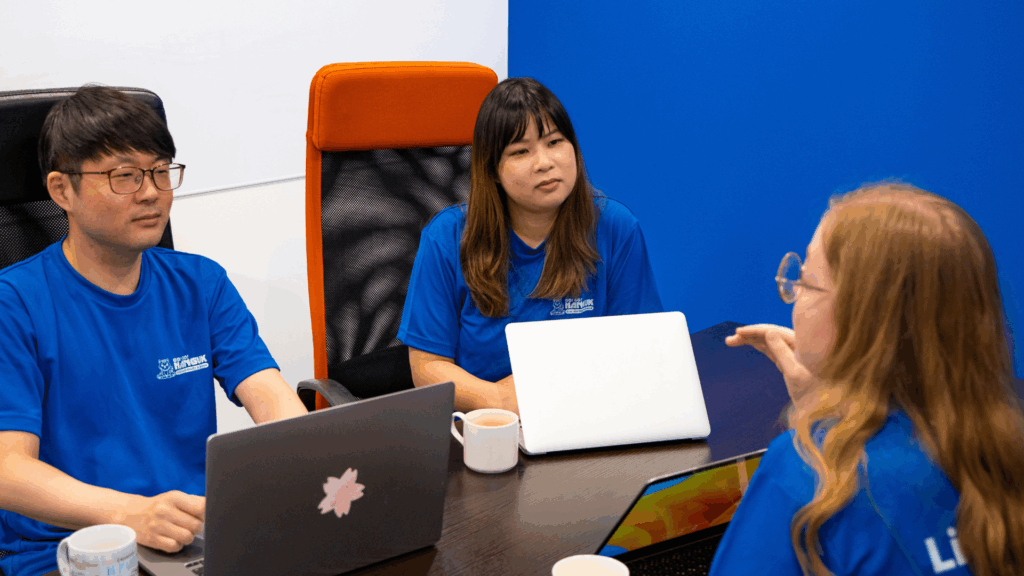Bukchon Hanok Village is near Anguk Station (안국역) Line 3 in Seoul. It consists of a myriad of old houses built according to the traditional Korean construction style. It is surrounded by Gyungbokgung (경복궁), Changdeokgung (창덕궁), and Jongmyo (종묘). The traditional houses found in this area are called hanok (한옥) in Korean.
Keep reading this article to find out more.
Bukchon Hanok Village – Location
Bukchon literally means the ‘northern village’ because it lays north of Cheonggyecheon (청계천) and Jongno (종로). All over Bukchon, one can find traditional Korean restaurants among the houses. Tea houses offer traditional Korean teas and the environment allows tourists to understand the old ways of the Korean people. However, many of the houses are still residences. Seeing modern day security systems on traditional Korean architecture shows the evolution of the country over the past one hundred years.
Bukchon Hanok Village is located south of Baegaksan (배각산) and Eunbongsan (은봉산), thus one can see forests all around. The entire landscape here provides visitors with beautiful sights. High ranking government officials used to reside in this area due to the proximity of Gyungbokgung and Changdeokgung. The roofs of these houses are long and round. The floors had ondol (온돌) heating, which is perhaps one of the oldest forms of central heating. At one end of the house, fuel was burnt in a small underground chamber. A chimney on the opposite end provided a draft, drawing the warm air under the floors of the home.
While Bukchon suffered neglect during the time Korea was urbanizing, it is currently surrounded by coffee shops and art galleries. Such places attract the younger generation and it therefore continues to be a place many enjoy visiting.
Traditional Korean art forms can also be found around Bukchon Hanok Village and they’re definitely sights to behold. They range from shops renting out hanboks, to beautiful pieces of hand crafted pottery. The pottery is significant for the small size of the teapots and teacups. Those with an interest in the kitchen would definitely enjoy looking around those shops. There are also shops selling various souvenirs like magnets and key chains depicting traditional Korean culture. You can find plenty of colourful postcards displaying the various landscapes around Korea.
However, the most interesting artwork that I found was the shell craft work on various varnished wooden pieces of furniture. The designs bring life to otherwise dull wooden objects. The opalescent shimmer is a surefire way to beautify one’s house. The objects ranged from full-fledged wooden shelves all the way to small wooden jewelry boxes.
Neighborhood
Other attractions around the village neighborhood include art galleries. Daerim Art Gallery (대림 미술관) is located nearby. The ticket for adults is ₩10,000 and there’s definitely a lot to see inside. Currently, there is a large art installation by British artist Jaime Hayon. Additionally, there is the National Museum of Modern and Contemporary Art (국립 현대 미술관) displaying the work of the Korean artist, Park Seo Bo (벅서보) and the Danish artist, Asger Jorn. As you move on from here, you can also see Beomnyeonsa (법련사). It is a very small temple next to Gyungbokgung, and it has three statues of Buddha outside.
Lastly, as you walk back towards Anguk Station, you can find some coffee shops. The wooden architecture here provides a very comfortable ambiance.
The area around Bukchon Hanok Village is definitely exciting to travel around. It makes for a historical and cultural experience.
Follow our Go! Go! Hanguk blog if you want to know more about Japanese culture!


